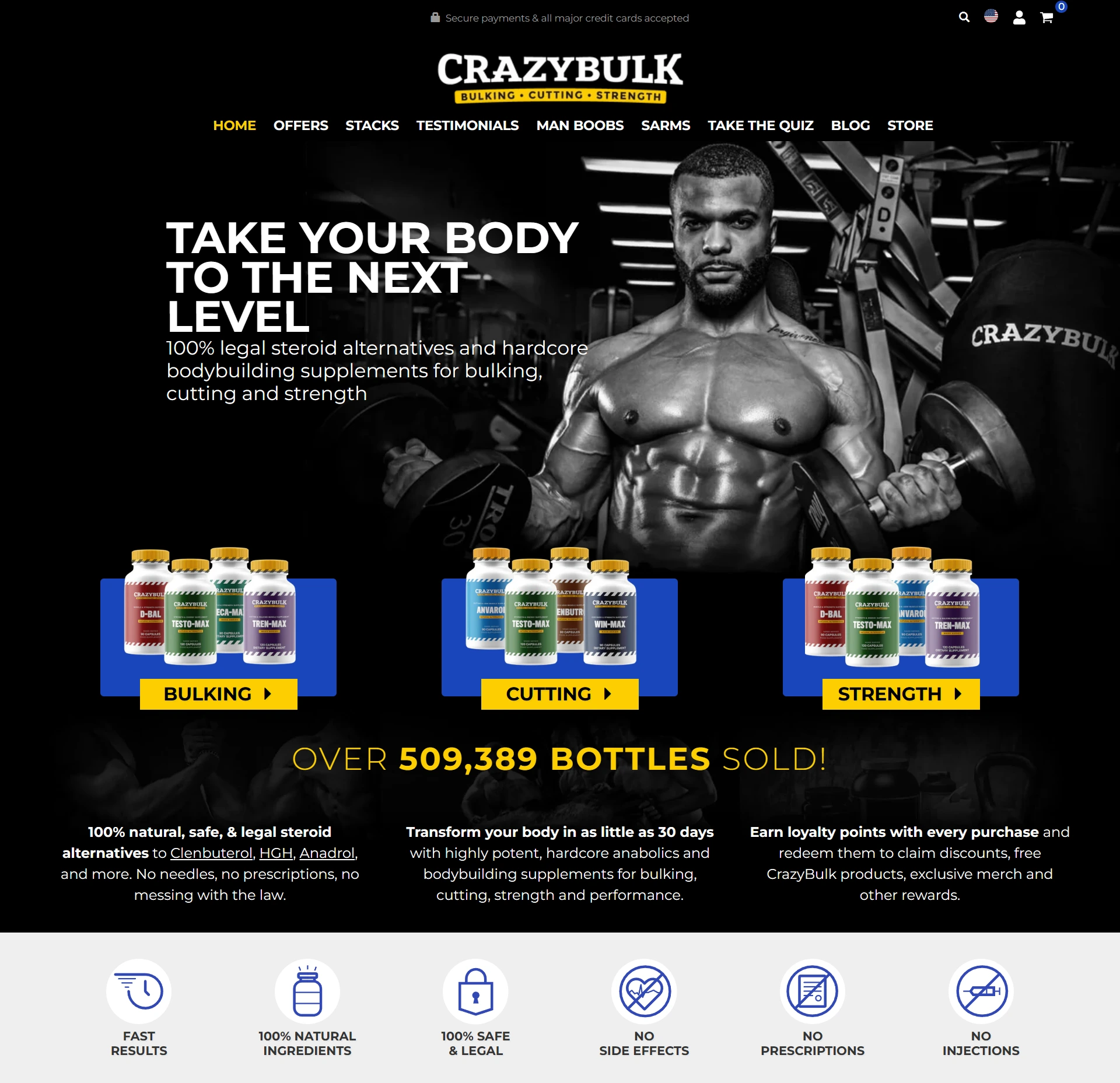
holy basil testosterone
Add a review FollowOverview
-
Founded Date December 3, 2018
-
Sectors Garments
-
Posted Jobs 0
-
Viewed 895
Company Description
What is low testosterone?

Treating low testosterone levels
Testosterone comes in several forms, including shots, gels, patches, and tablets you place on your gums. Injections are the least expensive option, but they can be painful. You take the shots every 2 to 4 weeks, as prescribed by your doctor.
Both testosterone levels and cognitive functions—such as memory—decline with age. As a result, doctors have speculated that lower testosterone levels could contribute to affected memory. Erection problems in general are thought to be more of a byproduct of issues with blood vessels and nerves.
The general target level for testosterone ranges from 350 to 750 ng/dL, which is roughly the range for healthy, androgen-sufficient adult men. Testosterone levels should be monitored 3 to 6 months after initiation of treatment. The different testosterone preparations available include intramuscular formulations, topical gels, solutions, and skin patches. Tablets test cyp and deca cycle implanted subcutaneous pellet formulations are less commonly used options. Each preparation has advantages and disadvantages and should be presented as an option to the patient (Table 1).
However, a healthy level for you depends on your age, lifestyle, and bioavailable testosterone level – the unbound testosterone your body isn’t using for daily functions. Testosterone is a natural hormone produced primarily in the testicles, and it helps men maintain everything from bone density and body hair to sex drive and sperm production. However, you don’t have to hit a certain number or level despite what the constant flow of ads may tell you. A 2021 study in 5,888 men found that people with low testosterone levels had a higher risk of developing anemia. This condition occurs when you have low levels of red blood cells, which are responsible for carrying oxygen from your lungs to the rest of your body.
A decrease in testosterone level is a natural result of aging. This treatment is called testosterone replacement therapy, or TRT. TRT can be given as a pill, gel, patch, injection, or implant. Male hypogonadism is a condition in which the body doesn’t produce enough of the hormone that plays a key role in masculine growth and development during puberty (testosterone) or enough sperm or both. One combination that typically does not work very well to raise endogenous testosterone production are SERMs plus HCG. The reason is that SERMs work by increasing LH secretion from the pituitary, and HCG is already increasing the LH levels in the bloodstream directly.
Men who wish to father children may wish to consult a reproductive health specialist before starting testosterone replacement therapy. Hematocrit is a measure of the percentage of red blood cells on the blood. As mentioned earlier, polycythemia— excess amounts of red blood cells—is a possible side effect of TRT.
The cardiovascular safety of testosterone therapy also remains unclear. Thus, exposing many men to testosterone therapy, particularly those with established CV disease, who have normal testosterone levels, would not appear to be good practice. Testosterone replacement may improve your sexual desire, increase your muscle mass, and help prevent bone loss.
Because testosterone affects so many functions, its decrease can bring about significant physical and emotional changes. Treatment with testosterone therapy may help reduce symptoms. The pituitary gland and the hypothalamus are located within the brain and control hormone production.
Produced by the pituitary gland, luteinizing hormone spurs testosterone production by the testes. If LH levels are abnormal, there could be a problem with pituitary gland function or a hormone disorder. If your low testosterone levels are the result of an underlying medical condition or lifestyle factor, then at least part of your treatment plan will be treating the original condition. The American Urology Association (AUA) defines hypogonadism as total testosterone level of less than 300 nanograms per deciliter (ng/dL). The diagnosis is only made after two testosterone lab checks are done and the patient has symptoms.
